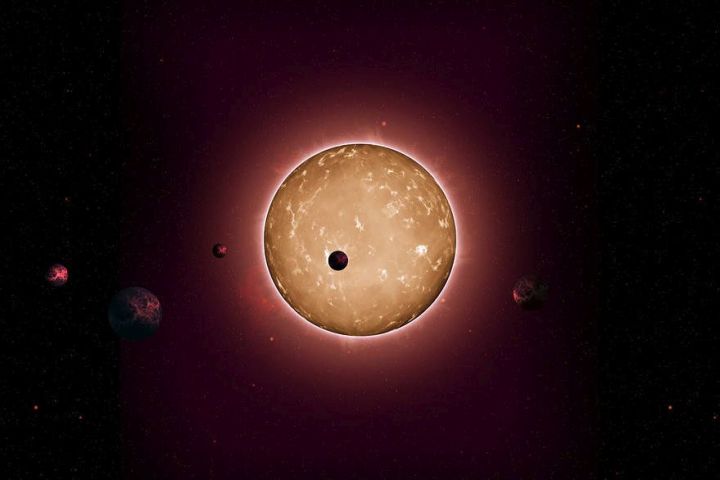The Kepler space telescope is running on empty, and there are no places to fill up when you’re 94 million miles from Earth.
And so on August 2, the craft will be awakened from hibernation (NASA describes it as a no-fuel-use-state) and instructed to point its antenna toward Earth. Over a four day period, Kepler will download data during its scheduled Deep Space Network time. Assuming the repositioning and data transmission are successful, Kepler will then resume its observations with any remaining fuel — until it shuts its eyes for good.
Kepler’s time has been drawing to a close since March 2018, when Charlie Sobeck, an engineer for the Kepler mission, announced in an update that the end was near for the nine-year old deep space observatory. “At this rate, the hardy spacecraft may reach its finish line in a manner we will consider a wonderful success,” he wrote. “With nary a gas station to be found in deep space, the spacecraft is going to run out of fuel. We expect to reach that moment within several months.”
Moving forward four months, on July 6, 2018, NASA’s Kepler team put the spacecraft in hibernation mode preparatory to what may be its final scientific data download. Indications earlier in the week that the fuel tank was running very low prompted the status shift.
Kepler was launched on March 6, 2009, on what was originally envisioned as a three-and-a-half-year mission. The spacecraft was guided into a solar orbit, trailing the Earth as it circles the sun, on a quest to find Earth-sized planets orbiting distant stars.
The Kepler telescope can’t actually “see” those distant planets, of course. Rather, it looks for variations in light as a planet passes in front of its star, creating a tiny pulse. Repeated observations can detect the size and orbit of the planet.
Kepler has discovered hundreds of exoplanets over the past nine years. Its mission could have ended in 2013 when a reaction wheel on the spacecraft broke, making it unable to maintain its position relative to the Earth.
The new Kepler mission, called K2, began using the pressure of sunlight to maintain its orientation. Like steering into the current on a river, the new technique let the telescope shift its field of view for a new observation every three months. The team initially estimated that the spacecrafts could conduct ten of these “campaigns” before ending its mission, but it’s already on its 17th.
The fuel that Kepler uses is hydrazine monopropellant, as Sobeck explained in a podcast about the mission. “It’s just one fluid that when it goes through the thrusters it ignites, and it provides thrust,” he said. “It’s pressurized in the tank, and that’s what drives it in to the thrusters, down fuel lines just like you have your lines in your car.”
One of the challenges is to retrieve the data that’s already stored on the data recorder. The last drops of fuel will be used to rotate the spacecraft so its parabolic dish is pointed at the Earth. “The data that we’ve spent so much time and effort to get, we want to get it to the ground,” Sobeck said. “It doesn’t help us if it lives on the spacecraft forever. We’ve got to get it to the ground.”
Although this may be the end of Kepler, a new planet-hunter is scheduled to take to the skies later this spring. TESS (Transiting Exoplanet Survey Satellite) will be launched aboard a SpaceX rocket on a mission to survey the 200,000 brightest stars nearest the sun for evidence of exoplanets.
Updated July 28 with news of the shift to hibernation mode and planned data download.



